
2015’s Inside Out made me weep. Not just because of a particular character death, but also because it was spot on about depression – about the numbness, the inability to feel, and how it’s so much more than just being very sad. It was touching, it was a tearjerker, and it was real. So I wasn’t sure if Inside Out 2 would be able to recreate the magic of its predecessor.
And while Inside Out 2 is its own thing (you wouldn’t want a second film to retread the same beats of the first), it still manages to be spot on about emotions – in particular, anxiety. It was a little triggering, to be sure – but that’s because it felt so real, so authentic. It got anxiety right, as well as its extreme. And for that, I found myself weeping at the climax once again.
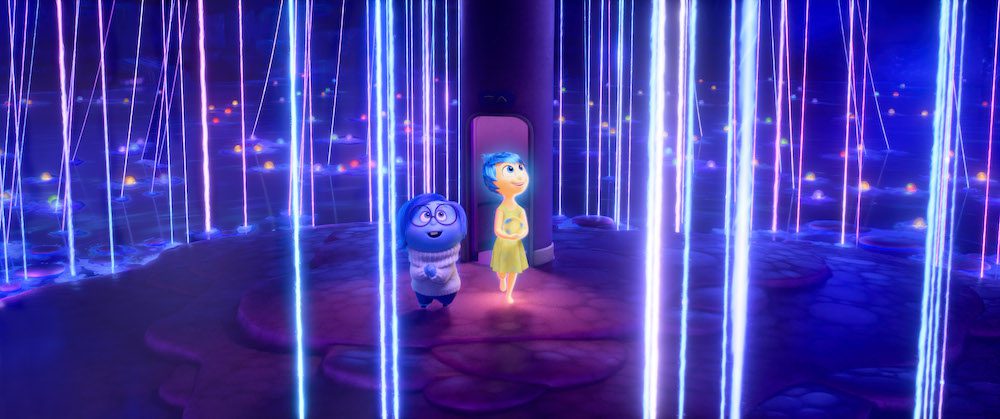
Synopsis
Inside Out 2 is an animated comedy drama that’s a sequel to 2015’s Inside Out. It follows the journey of Riley from the first movie, who has to navigate puberty and new emotions that have arisen – Anxiety, Embarrassment, Envy, and Ennui. But when changing environments and new stakes causes her to be overwhelmed, her emotions must work together to protect the person that she is – before she ends up being irrevocably changed.
Director: Kelsey Mann
Writers: Meg LeFauve, Kelsey Mann (story credits), Dave Holstein
Voice Cast:
- Amy Poehler (Joy)
- Phyllis Smith (Sadness)
- Lewis Black (Anger)
- Tony Hale (Fear)
- Liza Lapira (Disgust)
- Maya Hawke (Anxiety)
- Ayo Edebiri (Envy)
- Adèle Exarchopoulos (Ennui)
- Paul Walter Hauser (Embarrassment)
- Kensington Tallman (Riley Andersen)
- Diane Lane (Mrs. Andersen)
- Kyle MacLachlan (Mr. Andersen)
- Lilimar (Valentina “Val” Ortiz)
- Sumayyah Nuriddin-Green (Bree)
- Grace Lu (Grace)
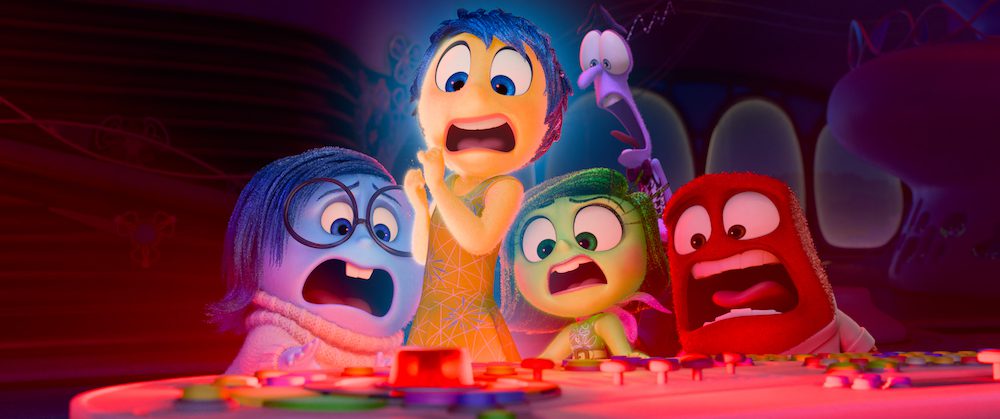
Nails it about anxiety
Of all the new emotions, Anxiety is the one that takes the spotlight. It makes sense, given that Riley is going through puberty. Story-wise, Joy, Sadness, Anger, Fear, and Disgust are otherwise occupied for most of Act Two and Act Three, which gives room for the new emotions to take control. Specifically, Anxiety takes control for the bulk of the film.
And to see Anxiety power all her actions, to be able to use aspects of Riley’s own mind to achieve her objectives, to exert such subtle and overt control in the name of protecting Riley… that struck a chord. That felt real. For some people, it might be a function of growing up. And for others, it might be the way they live their lives, simply because of the experiences they’ve had. To have a film understand that, to show what it’s like when Anxiety fuels everything you do – it was like being heard in a way that felt so comforting.
Of course, it’s triggered some reflections, as any good movie should. It’s not a good way to live life, basing every decision off Anxiety. But it’s also a reality for some, and, well, there are better ways to live life.
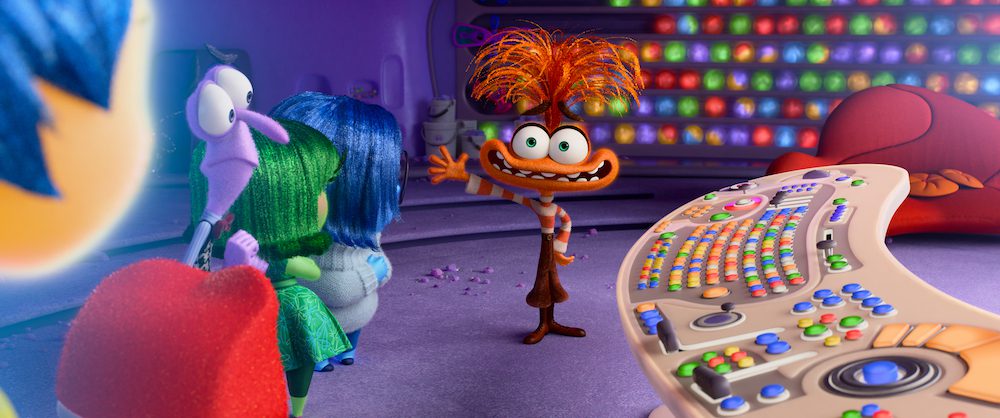
(highlight to read spoilers)
The panic attack climax was incredibly authentic
The climax of the film sees Riley going into a panic attack. I think I was mildly triggered, because it felt so real. Riley’s physical reactions, her breathing, her expressions, her actions – they’re what happens when you have a panic attack. And in Riley’s mind, Anxiety is worked up to the point that she becomes an untouchable orange blur, working every single button on her console at the same, unable to be broken out of that spell, all because everything she knows is falling apart and she has to put it right… that got me. That’s what a panic attack feels like.
And why? Why does Anxiety do this? It’s to protect Riley. At the end of the day, that’s why our anxiety exists – to protect ourselves. This is resolved when Joy steps in, and reminds Anxiety to let go. In real life, tearing yourself out of a panic attack, tearing yourself out of an anxiety spiral – it means to hold on to the good memories you have, to use them as an anchor to remind yourself that everything will be all right.
Oh, my heart.
It was difficult to watch, simply because it’s how it happens. And for me, I’m just so glad that there’s a depiction of panic attacks out there, to help people understand what it’s like, what it’s about.
(end of spoilers)
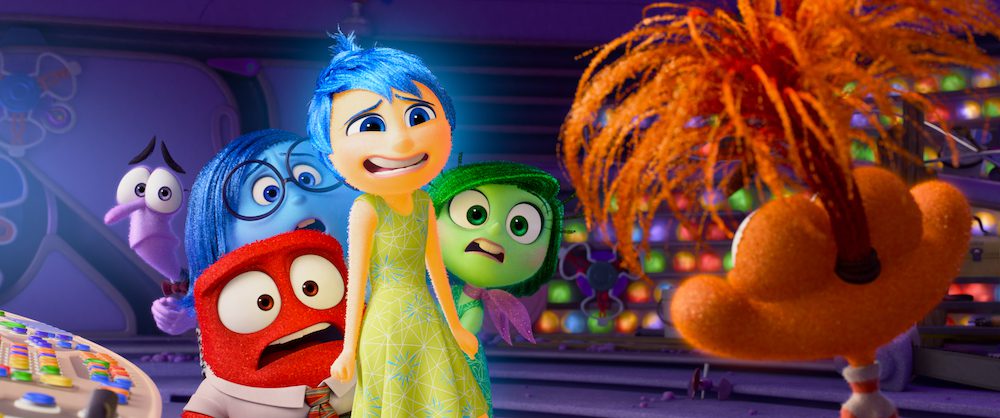
The other emotions have their own character arc and journey
It’s a little bit meta to say that the other Emotions have their own arc, since the Emotions make up Riley’s character. But Fear, Disgust, and Anger all have their own little journeys that they navigate throughout the film. Even Joy, who has to be the optimistic protagonist of the story, has her own personal challenges to overcome. The Emotions have evolved past just being emotions, and… have their own emotions now. It’s cute. It’s kind of meta though.
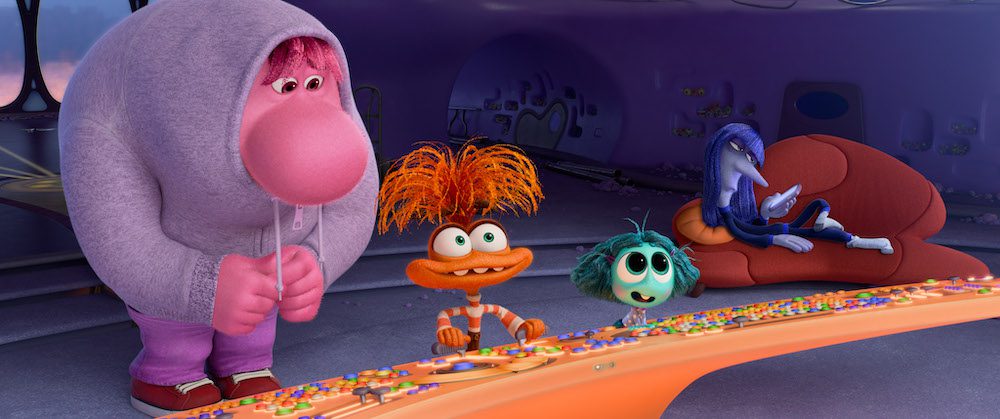
A surprising amount of action
Being a children’s film, there needs to be a certain level of action and dynamism throughout the film, to maintain the sort of energy that’s expected of the genre. What surprised me was the amount of action that took place in Riley’s brain – there’s a lot of physical hijinks going on, which helps undercut some of the more solemn scenes in the movie. I thought it was a bit too much, to flippant – but it turns out, that was just a mislead because…
Act Three completely catches you by surprise
The first two Acts feel a little inconsequential, even slow at first. But in hindsight, they felt that way because of the action, and because they were secretly setting up the foundation for Act Three. The first hour of the movie made me feel I would walk out unscathed, then I was ambushed by the emotional authenticity of the final Act. Suffice to say, it manages to evoke a similar level of emotional intensity as the first movie – made all the stronger because you never see it coming.
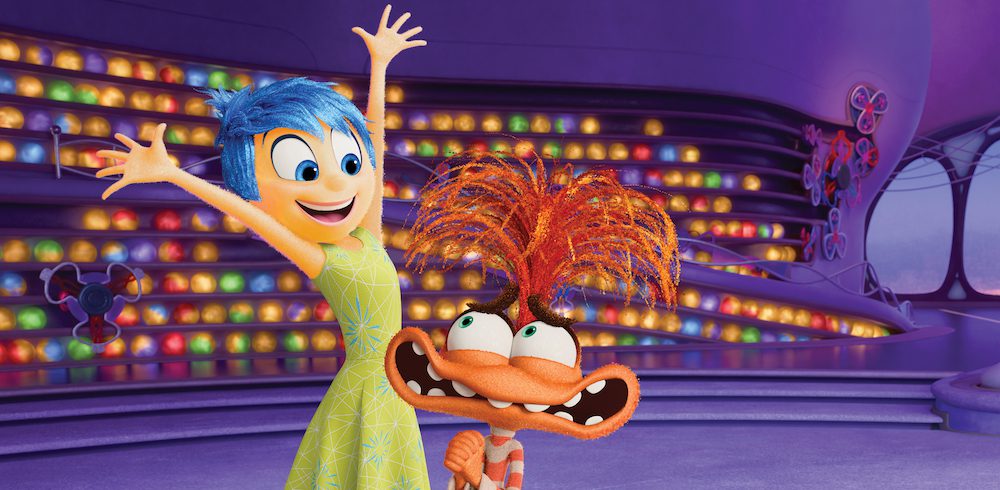
A balanced depiction of teen angst
While the movie does depict teen angst and behaviour (it uses puberty as the reason for introducing the new emotions), it shows just enough to help you understand Riley’s actions and mindset, without overplaying that hand. Too often, teen angst can descend into melodramatic levels. But here, that teen angst walks that fine razor’s edge of being sufficiently present to account for characterisation and plot, while not being overly dramatised and caricatured.
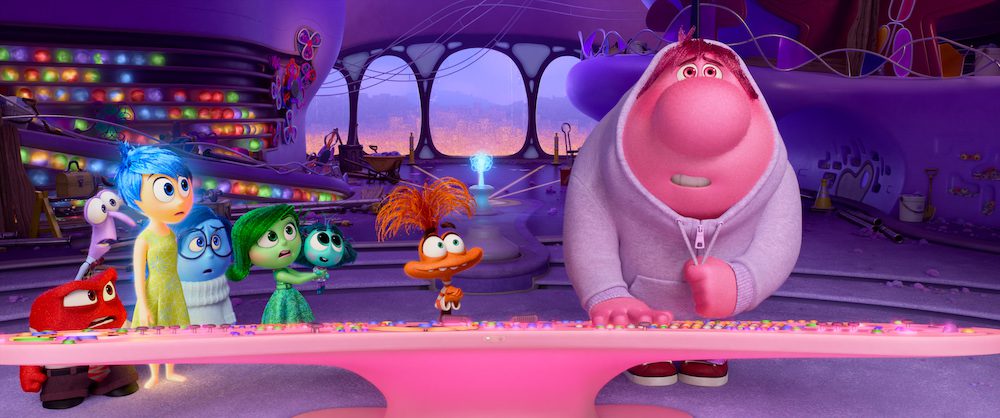
Conclusion
Inside Out 2 can be intense, the way the first movie was intense. It gets many things right about anxiety, which is a boon for those who can identify. While the first two thirds of the movie doesn’t feel like it captures the magic of its predecessor, its the last Act that truly hits home. And just like how the movie reminds you that all parts of you – memories, emotions – are valid, all of its Acts are important in driving home its theme and message. There are multiple post-credit scenes, so stay till the end.
I’m contemplating watching it again, just because it felt so authentic.
Score: 7.8/10
Inside Out 2 hits cinemas 13 June.
This is an original article on marcusgohmarcusgoh.com.
You might also want to read:
Leave a Reply